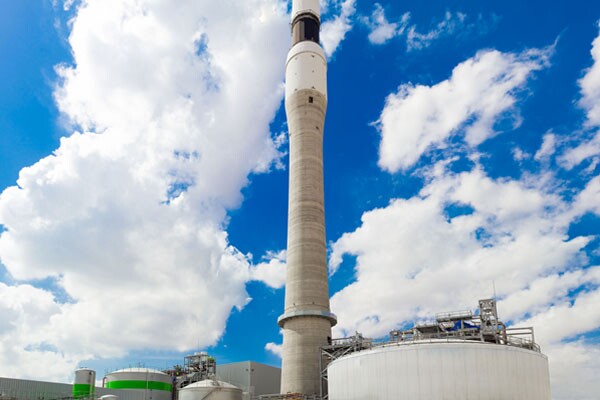The Gemasolar Concentrated Solar Power (CSP) plant near Seville, Spain, has achieved a full 24 hours of solar power production one month after starting commercial operation. The 19.9 MW plant uses a huge array of mirrors to heat a molten salt storage system in the central tower which is then used to run steam turbines, resulting in the ability to continue energy production after the sun goes down.
Built by Torresol Energy - a joint venture between energy company Masdar of Abu Dhabi and Spanish engineering firm SENER, - the Gemasolar plant opened last May in Fuentes de Andalucia. Its central tower is surrounded by 2,650 heliostats (mirrors) that stretch approximately 185 hectares. The mirrors concentrate the solar radiation at a ratio of 1000:1 and at the central receiver in the 140 m (450 ft) tower temperatures can exceed 500-degrees Centigrade (932°F). The molten salts (which are able to retain 95% of the radiation from the sun's spectrum) are then stored in specially designed tanks, where high temperatures can be maintained at a level to facilitate the generation of electricity through steam turbines even after dusk.
"Gemasolar achieved optimal performance in its systems in the last week of June. The high performance of the installations coincided with several days of excellent solar radiation which made it possible for the hot-salt storage tank to reach full capacity," said Diego Ramírez, Director of Production at Torresol Energy. "We're hoping that in the next few days our supply to the network will reach an average of 20 hours a day."

The has already started supplying electricity to 25,000 local homes and more of the plants are planned.
"Masdar is currently working on other solar power projects within the UAE including Shams One and Noor One projects, each with 100MW capacity," said Frank Wouters, Director of Masdar Power.
Source: Torresol.



















